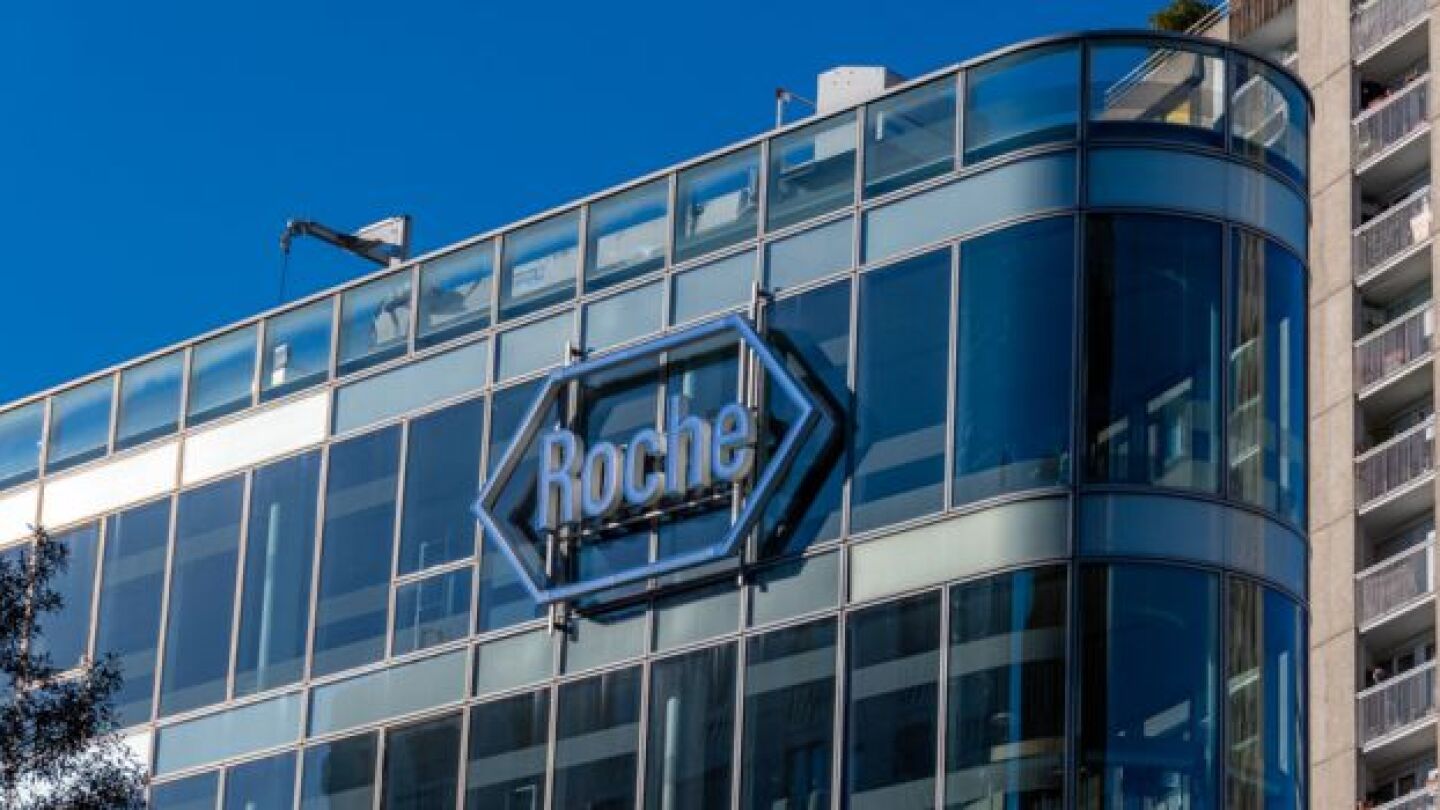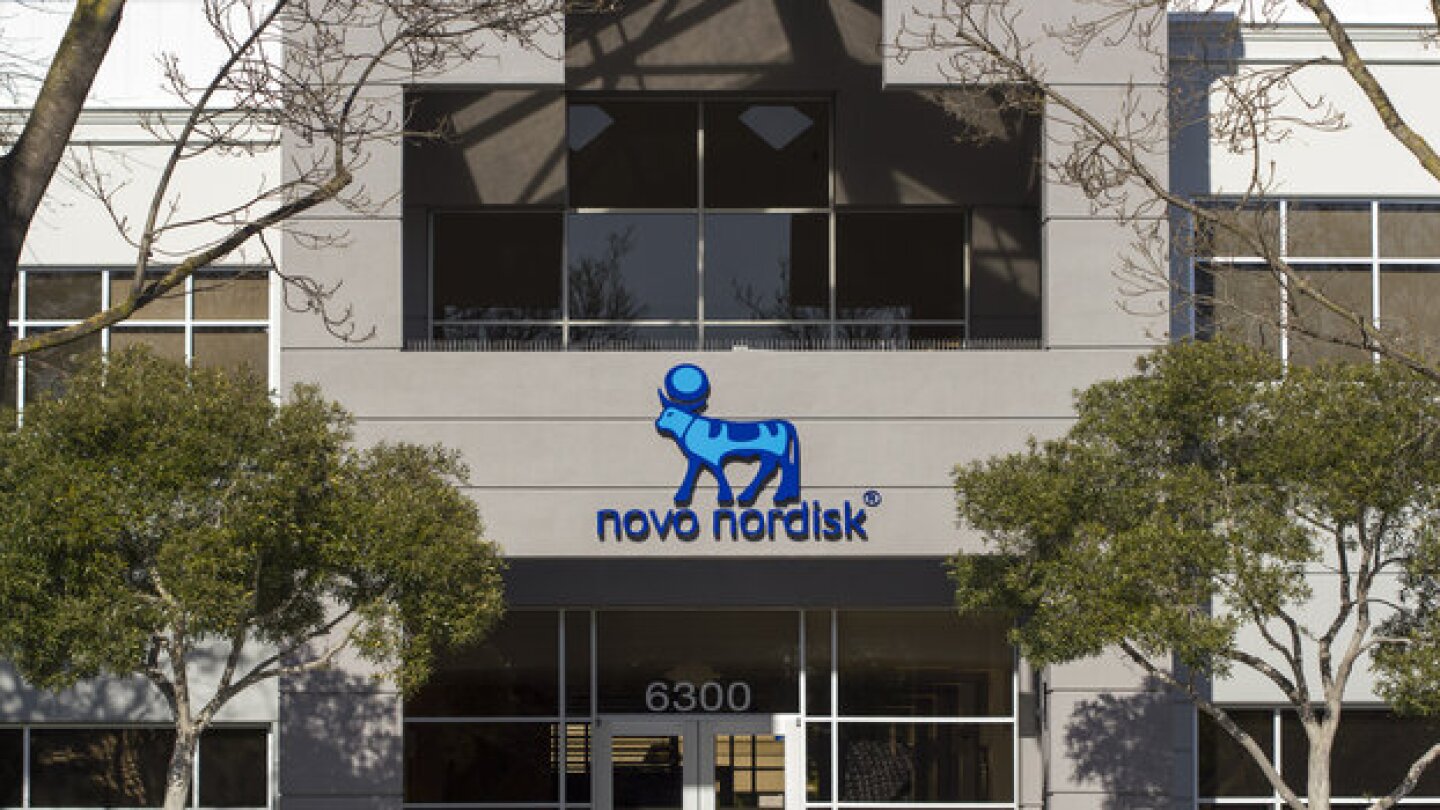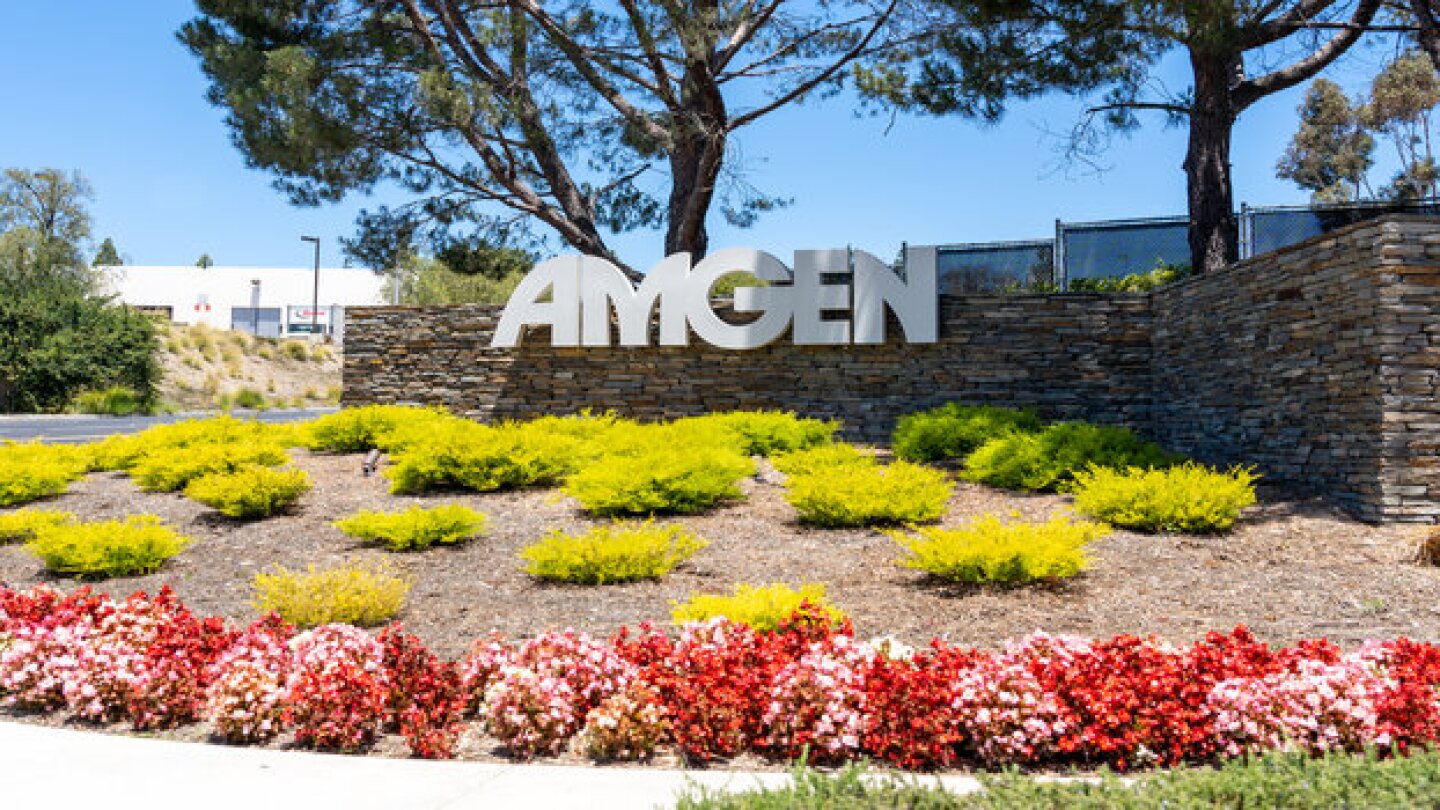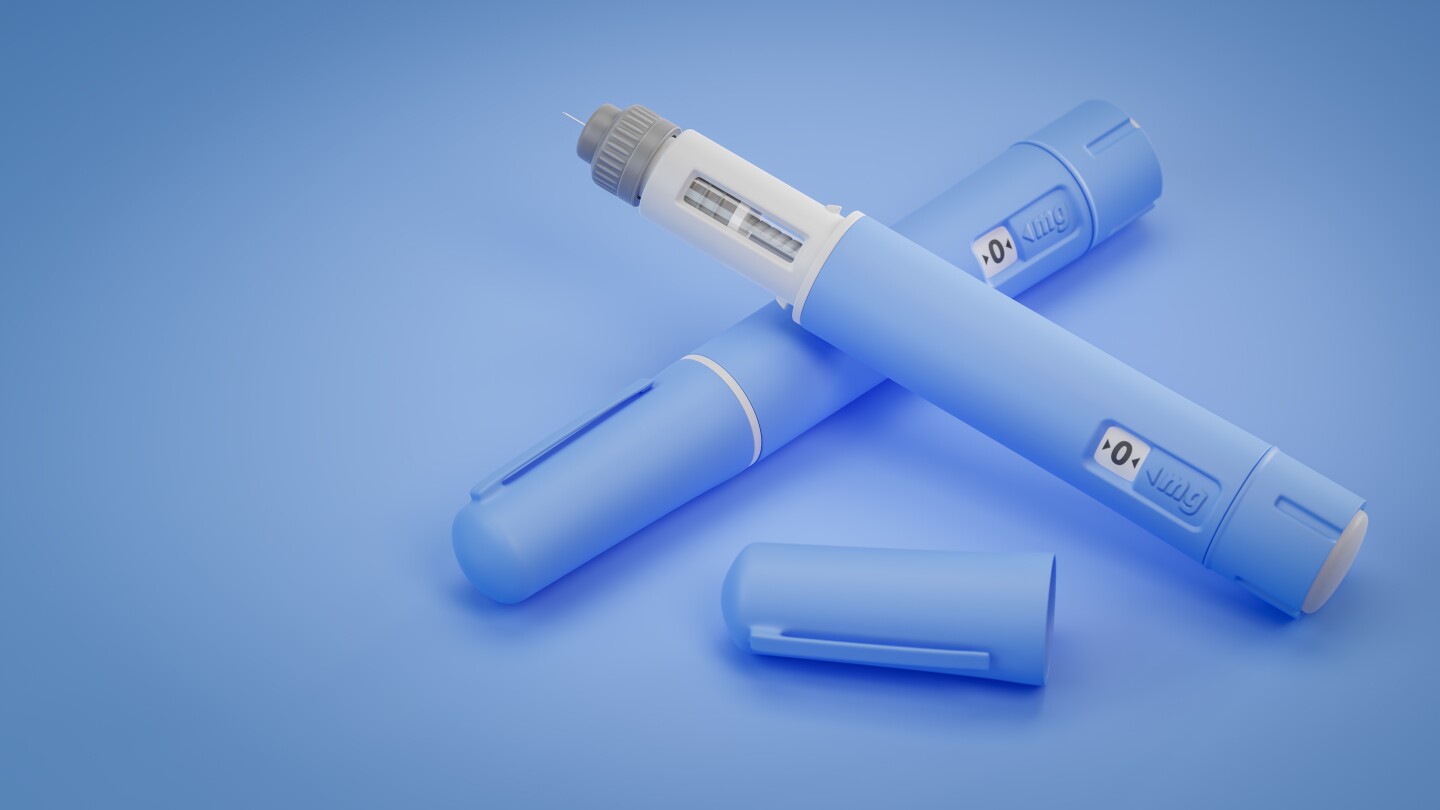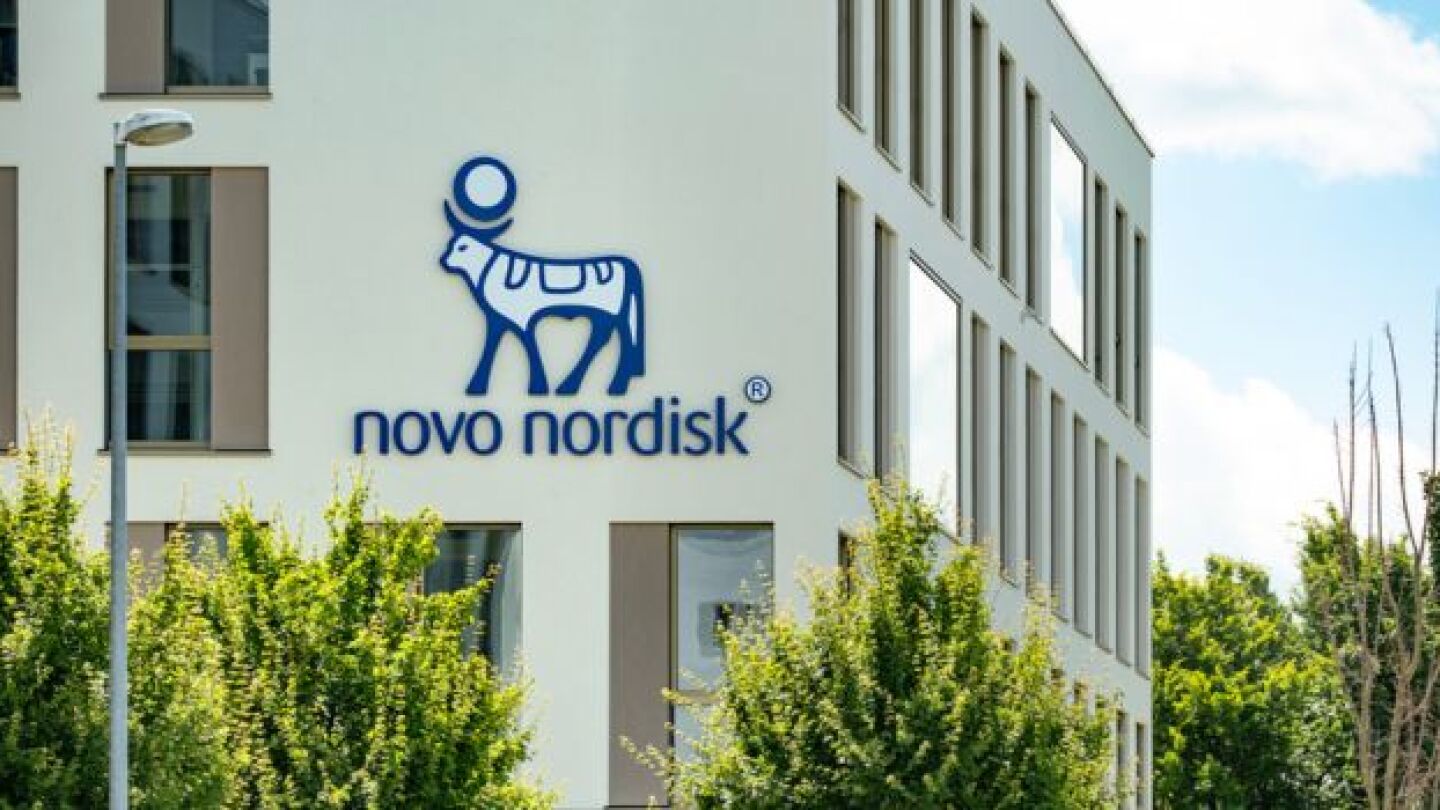GLP-1
When doses were increased rapidly in a Phase I study, patients on Roche’s investigational oral GLP-1 receptor agonist experienced nausea, vomiting, constipation, diarrhea, as well as abdominal distension.
A recent study estimated that Wegovy’s label expansion beyond obesity could push Medicare spending to $145 billion annually, but analysts remain dubious of the estimate.
A study published Tuesday in The New England Journal of Medicine showed that children between the ages of six and 12 who took liraglutide for just over a year experienced a significant reduction in body mass index compared to placebo.
BioMarin’s new business strategy leaves investors with questions; Lykos CEO steps down; Terns releases compelling data on oral weight loss candidate; and more.
Phase I data for TERN-601 suggests Terns’ oral GLP-1 candidate for obesity could be a contender in the market next to big names like Lilly, Pfizer and Roche.
Terns Pharmaceuticals will advance TERN-601 into Phase II after early-stage data showed the oral therapy led to weight loss of 4.9%, comparable with weight loss pills Lilly and Pfizer are developing, according to analysts.
A broad indication for MariTide could help Amgen secure Medicare coverage for the treatment following FDA approval, CEO Robert Bradway said at Wednesday’s Morgan Stanley Global Healthcare Conference.
Like its U.S. and European counterparts, Britain’s Medicines and Healthcare Products Regulatory Agency found no conclusive link between the use of GLP-1s and a heightened risk of suicidal and self-injury thoughts.
Eli Lilly offers weight loss drug Zepbound directly to consumers while Novo Nordisk continues to struggle with supply challenges for its own GLP-1s. Meanwhile, gene therapies for retinal diseases target competitive market, and layoffs persist.
Novo Nordisk’s continuing supply problems for semaglutide come as the pharma tries to expand the drug’s indication, opening it up to more patients—and potentially to heavier production pressures.
PRESS RELEASES

